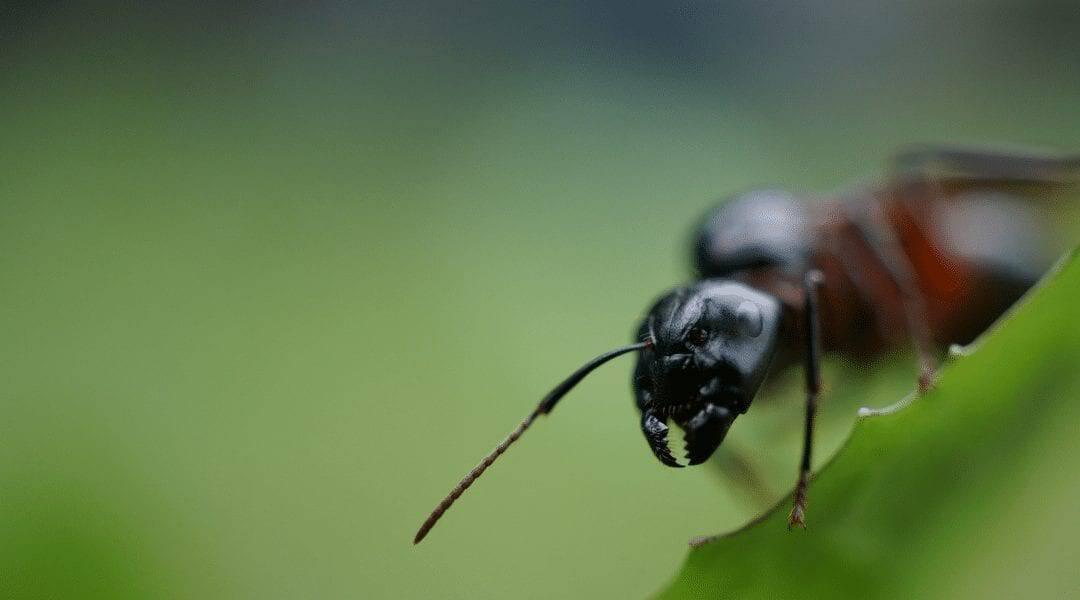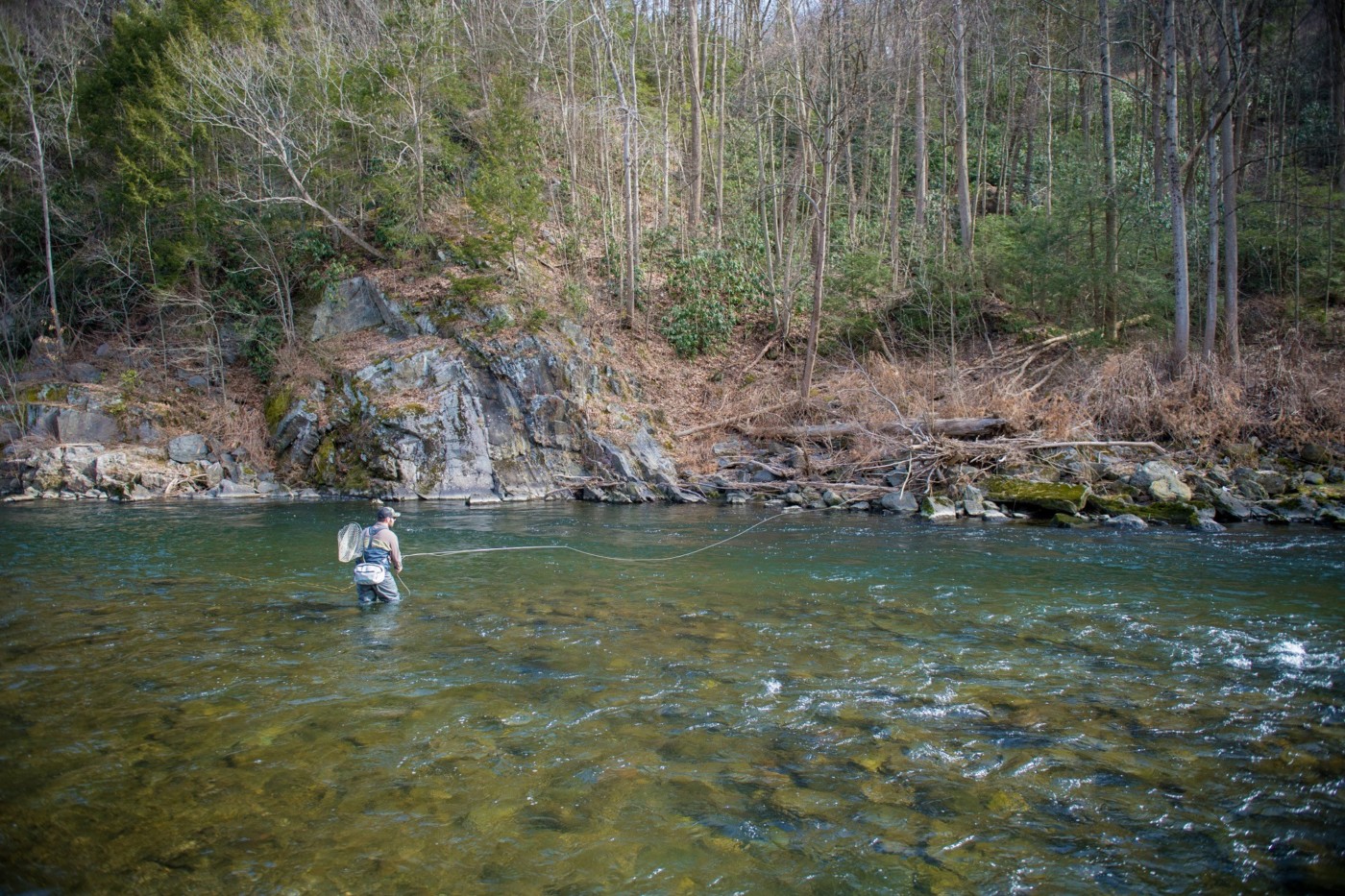1 Tip to Catch Large Trout in Small Streams
[et_pb_section bb_built=”1″ admin_label=”section” background_image=”https://www.theflycrate.com/wp-content/uploads/2017/02/Untitled-design-38.png” transparent_background=”off” allow_player_pause=”off” inner_shadow=”off” parallax=”off” parallax_method=”off” make_fullwidth=”off” use_custom_width=”off” width_unit=”on” custom_width_px=”1080px” custom_width_percent=”80%” make_equal=”off” use_custom_gutter=”off” fullwidth=”off” specialty=”off” disabled=”off”][et_pb_row admin_label=”row” make_fullwidth=”off” use_custom_width=”off” width_unit=”off” custom_width_px=”1080px” custom_width_percent=”80%” use_custom_gutter=”off” gutter_width=”3″ allow_player_pause=”off” parallax=”off” parallax_method=”on” make_equal=”off” parallax_1=”off” parallax_method_1=”on” parallax_2=”off” parallax_method_2=”on” parallax_3=”off” parallax_method_3=”on” parallax_4=”off” parallax_method_4=”on” disabled=”off”][et_pb_column type=”4_4″][et_pb_image admin_label=”Image” src=”https://www.theflycrate.com/wp-content/uploads/2017/02/advance-nymphing-2.png” show_in_lightbox=”off” url_new_window=”off” use_overlay=”off” animation=”bottom” sticky=”off” align=”center” force_fullwidth=”off” always_center_on_mobile=”on” use_border_color=”off” border_color=”#ffffff” border_width=”1px” border_style=”solid” disabled=”off” /][/et_pb_column][/et_pb_row][/et_pb_section][et_pb_section bb_built=”1″ admin_label=”Section” transparent_background=”off” allow_player_pause=”off” inner_shadow=”off” parallax=”off” parallax_method=”on” custom_padding=”54px|0px|0px|0px” make_fullwidth=”off” use_custom_width=”off” width_unit=”off” custom_width_px=”1080px” custom_width_percent=”80%” make_equal=”off” use_custom_gutter=”off” fullwidth=”off” specialty=”off” disabled=”off”][et_pb_row admin_label=”Row” make_fullwidth=”off” use_custom_width=”off” width_unit=”off” custom_width_px=”1080px” custom_width_percent=”80%” use_custom_gutter=”off” gutter_width=”3″ custom_padding=”27px|0px|0px|0px” allow_player_pause=”off” parallax=”off” parallax_method=”on” make_equal=”off” parallax_1=”off” parallax_method_1=”on” parallax_2=”off” parallax_method_2=”on” parallax_3=”off” parallax_method_3=”on” parallax_4=”off” parallax_method_4=”on” disabled=”off”][et_pb_column type=”4_4″][et_pb_text admin_label=”Text” background_layout=”light” text_orientation=”left” text_font_size=”18px” text_line_height=”2em” use_border_color=”off” border_style=”solid” custom_margin=”||0px|” disabled=”off”]
There is always that one mammoth trout who sits in his hole all day and passionately ignores your perfect presentations.
But, lets catch and release this bad boy.
IT’S IMPORTANT TO REMEMBER…
It’s important to remember that large trout aren’t always feeding all the time. They feed for bit and then ‘sleep’ in their hole for a few days.
Large trout have developed a good sense of instincts over the years. Few will adventure out of their holes once they are there.
WE RECOMMEND…
Large trout are usually on the feed after dark rainy days. Rising water temperatures, washed-down minnows, and dislodged insects may be why larger trout feel more comfortable venturing out and feeding after a good rain.
Grab your box of streamers and some mouse patterns and hit the water. Think streamers whenever you decide to single out the big fellows. Dry flies and nymphs do catch big fish, but not nearly as much as streamers. Bigger trout seem to take enough dry flies and nymphs just to hide their weakness for streamers. It’s like a game for ’em.
You don’t need to select the biggest streamer in your box. I’ve landed larger fish with a size 10 woolly bugger than guys throwing huge articulated streamers. Just match the size of the bait-fish you find most abundantly in the stream or use your best judgement.
Some fishermen prefer to use mouse flies. You can do this too. Work your mouse flies from the opposite bank and swing them near large rocks and debris. Small strips and wait for the explosion.
[/et_pb_text][et_pb_image admin_label=”Image” src=”https://www.theflycrate.com/wp-content/uploads/2017/02/expert-series-7.png” show_in_lightbox=”off” url_new_window=”off” use_overlay=”off” animation=”off” sticky=”off” align=”center” max_width=”400px” force_fullwidth=”off” always_center_on_mobile=”on” use_border_color=”off” border_color=”#ffffff” border_width=”1px” border_style=”solid” disabled=”off” /][et_pb_code admin_label=”Code”]<meta name=”yo:active” content=”false”>[/et_pb_code][/et_pb_column][/et_pb_row][/et_pb_section]









Comment (1)
I’m simple and prefer a good old olive/black conehead woolly bugger. I catch loads of bass and trout on this pattern year-round.
Comments are closed.